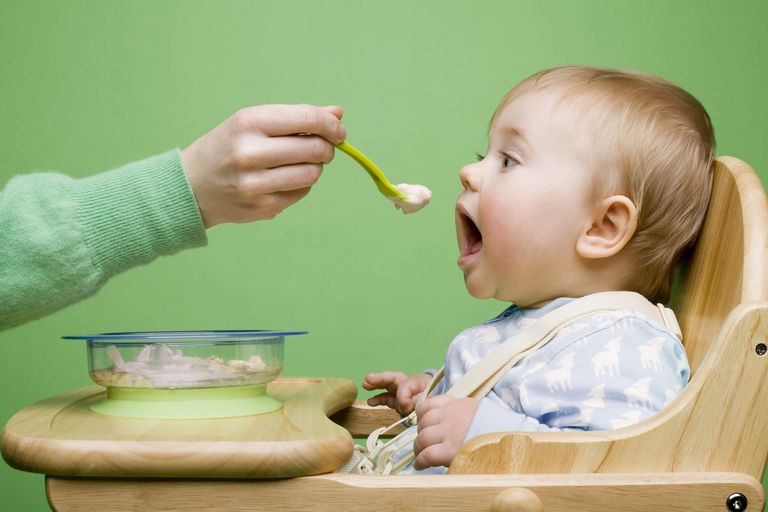Unknown to most people, breastmilk and solids can actually go together. Health experts and breastfeeding experts agree that it’s best to wait until your baby is around six months old before offering solid foods. Before the six-month period, infants must be exclusively breastfed and this is to avoid digestive complications as their intestine linings are still very thin.
Research suggests that solids in actuality must not be considered as replacements for breastmilk, but instead, a complimentary. The added solids change and introduce new textures for the infant which in turn diversifies her eating patterns.

Here is a comprehensive overview of what they should be eating:
- 0 to 6 months : Breastmilk
- 6 to 7 months : Offer solids once a day
- 7 to 9 months : Increase solids gradually
- 9 to 12 months: Aim for 25% of calories to be gained from solids
It’s important that in each transition of feeding, we take into account the signs and signals of our child which shows readiness for solids. Solid intake can actually be introduced by 4 to 5 months if your baby has shown signs of readiness for solids.
- Baby can sit up well without
- Baby has lost the tongue-thrust reflex and does not automatically push solids out of his mouth with his tongue.
- Baby is ready and willing to chew.
- Baby is developing a “pincer” grasp, where he picks up food or other objects between thumb and forefinger. Using the fingers and scraping the food into the palm of the hand (palmar grasp) does not substitute for pincer grasp development.
- Baby is eager to participate in mealtime and may try to grab food and put it in his mouth.
If such signs are observed, then you may start to gradually increase their solid intake. However, don’t feel pressured if your baby doesn’t even show the slightest interest in solids. Infants can thrive on breastmilk even after the 12-month period. Learn to pace and gauge if they’re ready. You’ll know it when you see it!
